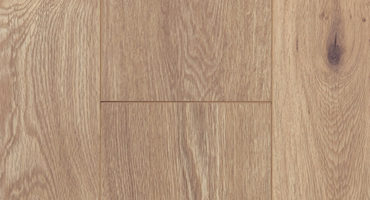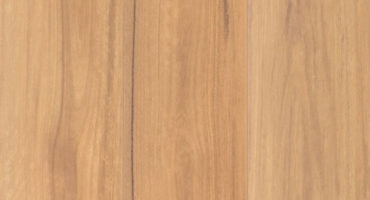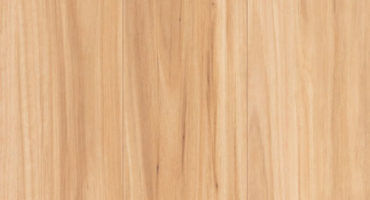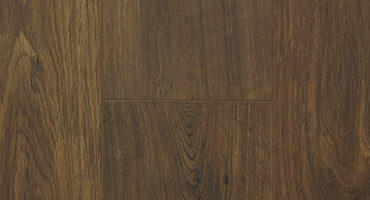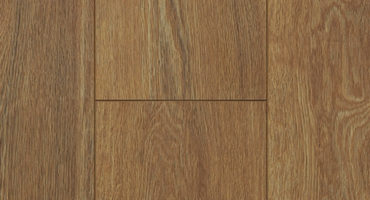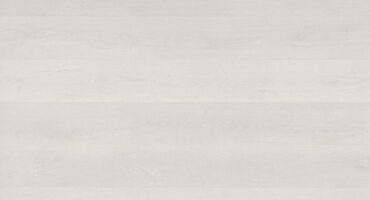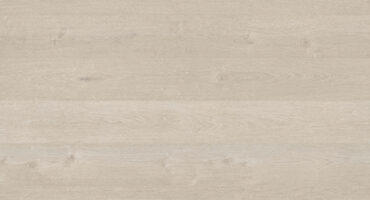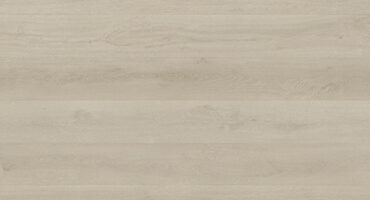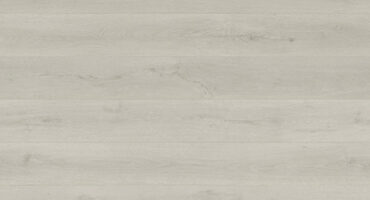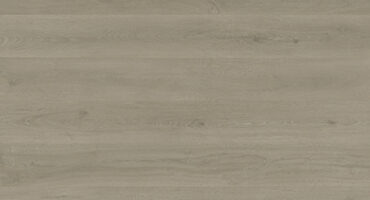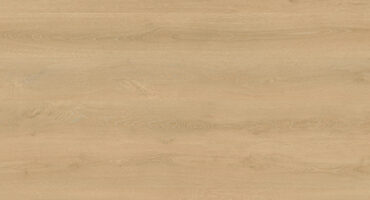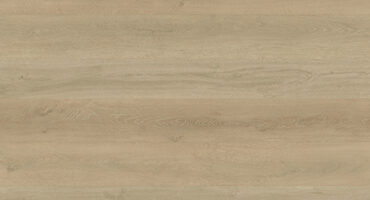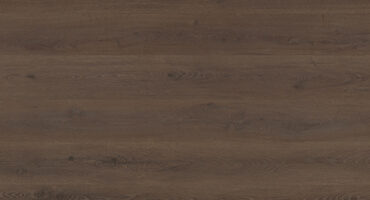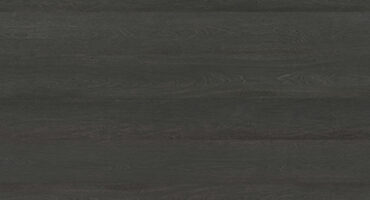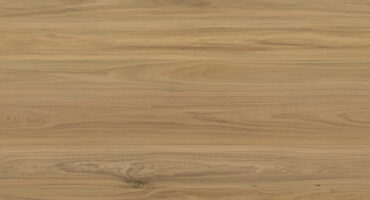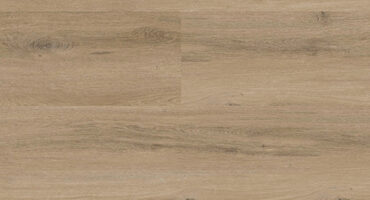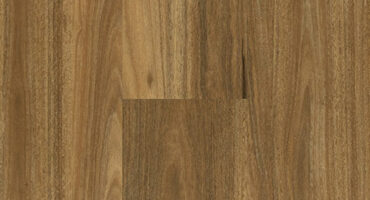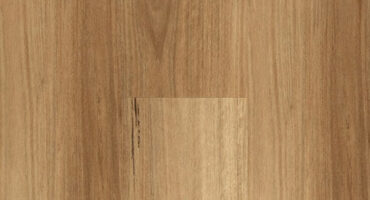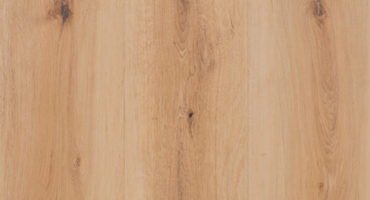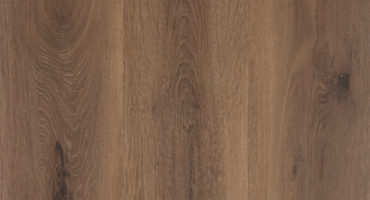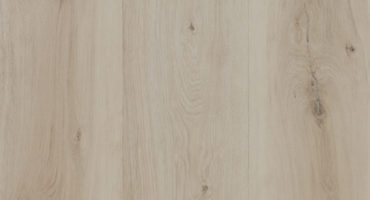When comparing vinyl plank and laminate flooring, the short answer is: If you’re chasing a floor that can handle daily punishment, scratches from the dog, grit from the kids’ shoes, hot coffee spills, and even the occasional dropped pan, laminate flooring usually wins hands down in most homes. It’s tougher on the surface, but easier for the average person to install. Plus, if you want to, you can even take it with you if you move.
If you need a floor that’s completely waterproof and can be glued down solid over huge areas (think supermarkets, shops, or wet rooms) then vinyl plank flooring is the better option.
In this blog post, we compare both flooring categories in great detail so you, the consumer, can make an informed purchase decision.
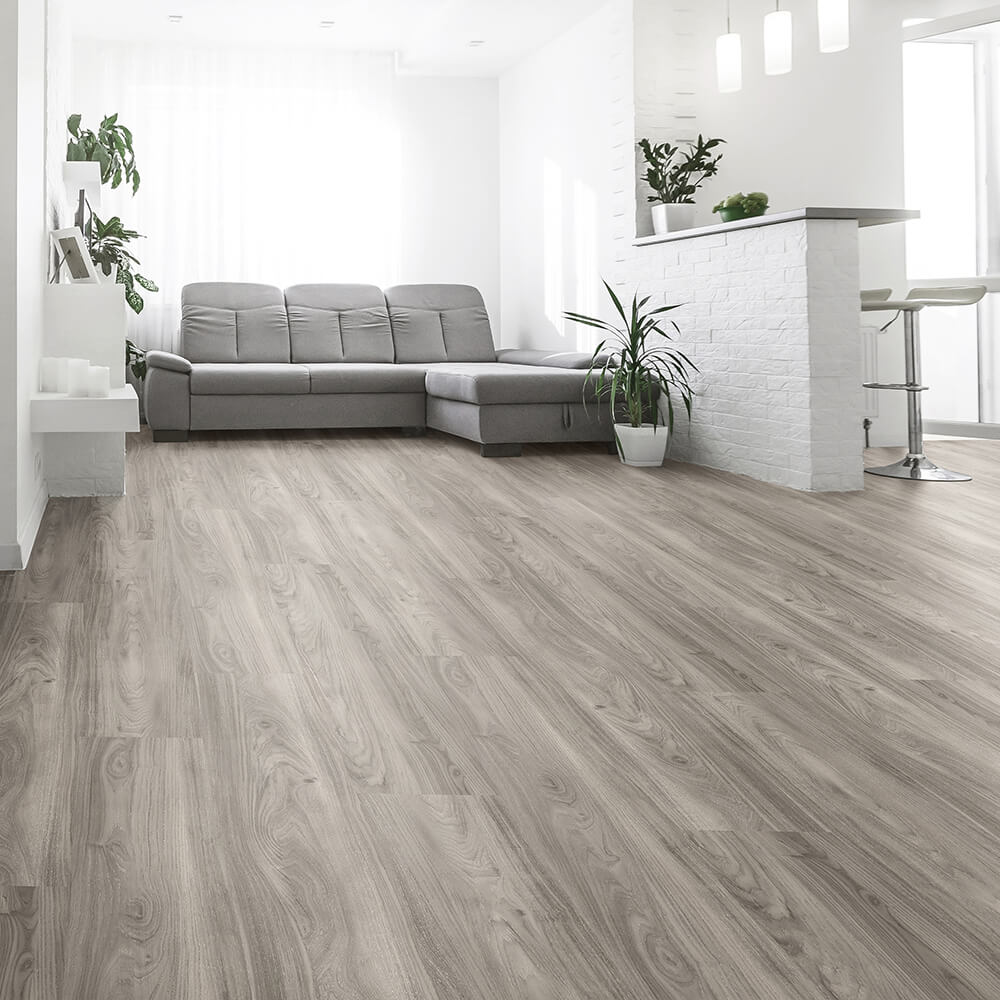
Decoline Oasis Luxury Vinyl Plank Grey Oak
Quick Summary
I’ve been in the flooring game for decades, selling, inspecting insurance claims, installing, repairing, and yes, even pulling up my fair share of disasters. I’ve seen laminate cop a bad rap in the early days and watched vinyl plank evolve from thin, temperamental strips into a serious commercial contender.
This isn’t just based on theory from other online information. It’s years of seeing how these products behave in real homes and businesses across Australia; the good installs, the bad installs, and the “what were they thinking?” jobs.
If reading time is an issue, below is a quick table which identifies key differences, strengths and weaknesses:
| Feature / Consideration | Laminate Flooring | Vinyl Plank Flooring |
|---|---|---|
| Water Resistance | Water-resistant (24–96 hr warranties) – fine for kitchens & most residential use | Fully waterproof – can be used in wet areas and on sloped floors |
| Scratch/Stain/Burn Resistance | Excellent | Good, but more prone to scratches/burns |
| Installation Method | Floated – click-lock on underlay, no glue; DIY-friendly | Glued down – adhesives required |
| Subfloor Prep | Structural (must be flat to avoid joint stress) | Visual (imperfections telegraph through) |
| Repair/Removal | Easy to lift, replace, reuse | Difficult – repairing glued planks can damage neighbours; adhesive removal required. |
| Movement Sensitivity | Expands/contracts slowly with moisture; needs expansion gaps | Expands/contracts quickly with temperature; glued down to control |
| Aesthetics | More realistic timber look; often embossed in register (EIR) | Can look more “plastic” |
| Board Sizes | Up to 2.2 m in length | Usually limited to 1.5 m in length |
| Underfoot Feel | Softer underfoot (thanks to underlay) | Harder underfoot (glued to slab) |
| Acoustics | Louder airborne “click-clack”; better for neighbours below in multi-res applications | Quieter airborne noise; worse for structural noise in multi-storey complexes |
| Typical Uses | Most residential spaces, small shops, and offices | Wet areas, large commercial spaces, and sloped floors |
| Price Range (Supply Only) | ~$20–$80/m² (+ underlay $3 to $6/m²) | ~$20 to $60/m² |
| Eco-Friendly Snap shot | Timber-based core; low emissions | Petroleum-based plastics; low emissions |
At a Glance:
- Laminate: Ideal for homes, offering higher scratch/stain/burn resistance, and is DIY-friendly, making it easy to remove or resell.
- Vinyl Plank: Ideal for wet areas and high-traffic commercial spaces, offering full waterproof and glued-down stability.

Expert Insights From Brad
5+ years’ experience in hard flooring
We recommend reading the history, downfall and resurgence of laminate flooring to gain a comprehensive understanding of the product’s evolution. Flooring blasts from the past gives a significant history of vinyl flooring for those wishing to understand the product’s origin in depth.
What is Vinyl Plank and Laminate Flooring?
Both products have been on the Australian market long enough to prove themselves. Laminate went from glue-together boards that feared water to click-lock systems with high moisture resistance. Vinyl plank evolved from thin, loose-lay strips to what we now know as the thicker LVT.
How They’re Built Layer by Layer
| Layer | Laminate Flooring | Vinyl Plank Flooring |
|---|---|---|
| Top Wear Layer | Melamine resin – extremely hard | Polyurethane/PVC – tough but softer |
| Design/Print Layer | High-definition print on resin-impregnated paper | Printed film on vinyl |
| Core | High-density fibreboard (HDF) | Multiple vinyl layers with fibreglass |
| Backing Layer | Resin-impregnated paper | Vinyl/PVC backing layer |
| Underlay | Separate foam/rubber underlay | None required; glues to subfloor |
Key Composition Differences at a Glance
- Laminate: Rigid board, click-lock, timber-based core.
- Vinyl plank: Flexible/semi-rigid, glued down, synthetic core.
Heat Resistance & Radiant Heating
- Laminate: Works over radiant heat; conducts warmth well; expansion gaps handle slight movement. Avoid constant extreme temperature swings.
- Vinyl Plank: Stable under normal room temperature; direct heat/sun can still cause expansion, but glue-down installation holds the product in place.
Installation, Durability & Performance
Laminate & Floated Installation
Laminate is typically installed as a floating floor using a click-lock system over a 2–3 mm
underlay. Because there’s no glue, you avoid adhesive residue during removal or repairs.
The trade‑off is that the subfloor must be structurally level to prevent joint
stress. This method is DIY‑friendly and easy to lift and re‑use if needed.
Step‑by‑step instructions: How to Lay and Install Laminate Flooring.
Vinyl Plank & Glue‑Down Installation
Vinyl planks are usually bonded directly to the slab with hard‑set
adhesive. Glue‑down is more forgiving structurally and locks the floor in place over large
areas, but every surface imperfection will telegraph through, so careful
subfloor prep is essential. Expect a firmer underfoot feel and a more permanent
install that’s best handled by a pro.
See the full process here: How to Lay and Install Vinyl Plank Flooring.
Subfloor Prep – Structural vs Visual
When it comes to subfloor prep, laminate and vinyl planks play by slightly different rules. Laminate requires a flatter surface to prevent bridging and joint stress, whereas vinyl is more forgiving but will reveal any imperfections if the preparation isn’t thorough.
Here’s a quick comparison of how each handles tolerances:
| Factor | Laminate | Vinyl Plank |
|---|---|---|
| Why it matters | Prevents bridging & joint stress | Prevents visible imperfections |
| Tolerances | ≤ 3 mm variation over 2 m | Small variations OK structurally |
| Fix | Grind/level to spec | Patch/fill/skim coat |
Repair, Removal & Reuse
A significant difference between laminate and vinyl lies in how they handle issues that arise. Whether it’s a dropped pan, a dog’s claws, or just general wear and tear, the way each floor handles repair and removal can save you a lot of time (and headaches) down the track:
- Laminate: Remove the damaged plank, replace it, and refit. The whole floor can be lifted and reused.
- Vinyl: Difficult to repair without damaging neighbouring boards; complete removal means grinding back adhesive.
Waterproofing
Water resistance is another key difference between laminate and vinyl. Laminate has come a long way, but it still relies on limited water warranties. Vinyl, on the other hand, is fully waterproof and handles tricky floor shapes more easily.
Here’s how they compare side by side:
| Laminate | Vinyl Plank |
|---|---|
| 24–96 hr water warranties; fine for kitchens/laundries; some bathrooms if level floor | 100% waterproof; can follow slopes/curves |
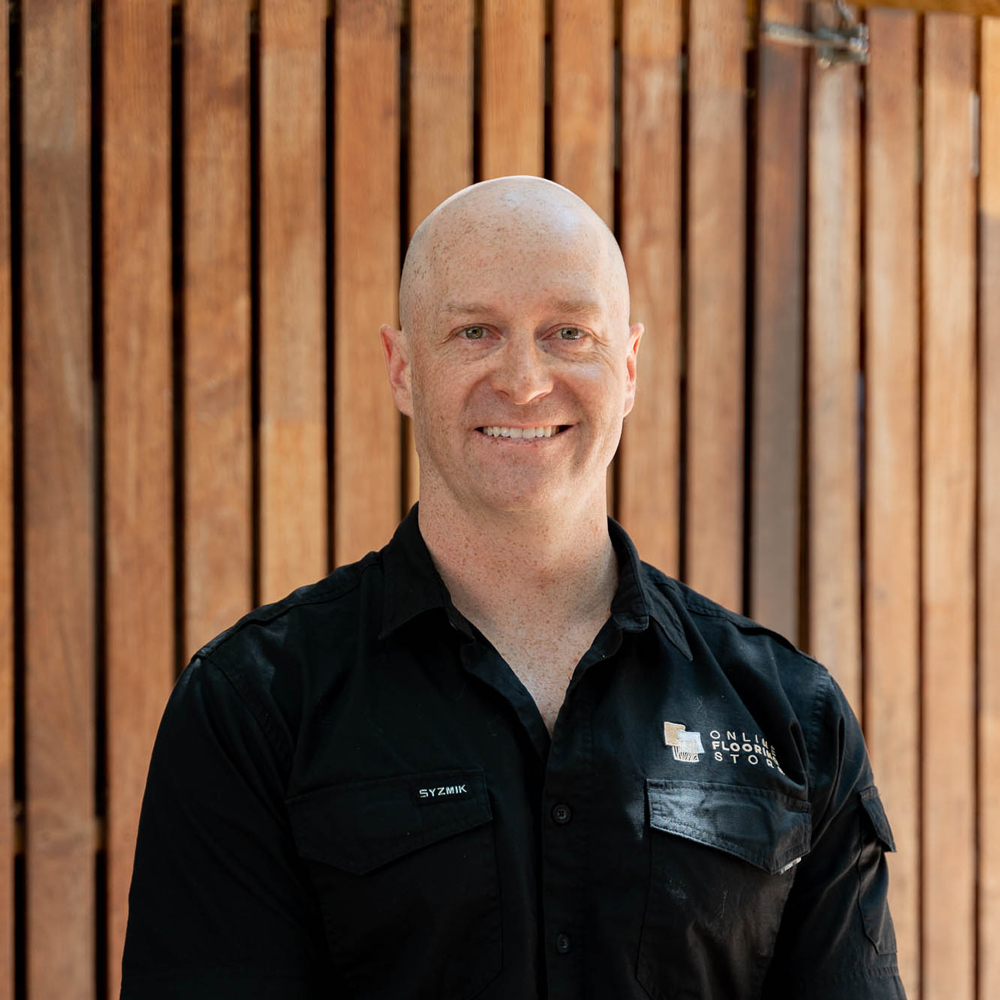
Expert Insights From Levi Saunders
Online Retail Specialist & Flooring Content Creator
In Queensland, the building code doesn’t allow plank flooring in wet areas for new builds. That means if it’s a brand-new home, you’ll need to stick with sheet vinyl or ceramic tiles in bathrooms and laundries, no matter how “waterproof” the planks claim to be.
Scratch, Stain & Burn Resistance
Durability is where the fundamental day-to-day differences show up. Laminate tends to shrug off scratches, stains, and even the odd hot ember far better than vinyl. Vinyl holds its own for most households, but it’s not quite as challenging under heavy wear or accidents.
Here’s a quick side-by-side look:
| Test | Laminate | Vinyl Plank |
|---|---|---|
| Scratch | ★★★★★ | ★★★☆☆ |
| Stain | ★★★★★ (spills sit on top) | ★★★★☆ (can absorb over time) |
| Burn | ★★★★★ | ★★☆☆☆ |
Movement, Expansion, Looks & Feel
When it comes to movement, laminate and vinyl behave very differently:
- Laminate shifts with moisture changes and tends to move as one big raft, especially in larger spaces. Premium laminates allow for bigger rafts before you need a break.
- Vinyl, on the other hand, reacts to temperature rather than moisture. Once it’s glued down with a hard-set adhesive, it stays put and feels much more stable.
Expansion gaps are another dividing line:
- Laminate always needs perimeter breaks and sometimes internal ones, so you’ve got to plan for trims or transitions.
- Vinyl doesn’t require any expansion gaps, which makes for a cleaner finish in many rooms.
On the aesthetic front:
- Laminate usually wins thanks to registered embossing and sharper colour clarity.
- Vinyl can look smoother and less realistic unless you’re at the very top end of the market.
Board size is also worth thinking about:
- Laminate planks often come in longer lengths, up to 2.2 metres, which gives a more open, spacious look.
- Vinyl is usually shorter, rarely going beyond 1.5 metres.
Finally, let’s talk about the underfoot feel:
- Laminate has a bit more softness, especially when paired with a good underlay.
- Vinyl glued directly to concrete, though, can feel hard underfoot – something you’ll notice if you’re standing for long periods.
Acoustics
Noise is one of those things you notice once you’re living on the floor. Laminate has a louder “click-clack,” but underlay helps. Vinyl feels quieter underfoot, though it can transfer vibrations through the slab.
| Noise Type | Laminate | Vinyl Plank |
|---|---|---|
| Airborne | Louder “click-clack” | Quieter |
| Structure Borne | Better (underlay isolates) | Worse (transfers vibration) |
Care & Cleaning
Keeping your floor looking good often comes down to how you clean it. Laminate is a little fussier; stick to a dry mop or broom most of the time, with only a slightly damp mop for the odd spill. No soaking and no steam. Vinyl, on the other hand, is much more forgiving. A damp wet mop, mild detergent, and even pet mess or heavy foot traffic aren’t a drama.
- Laminate: Dry mop/broom; slightly damp mop for spills; no soaking or steam.
- Vinyl: Wet mop OK; mild detergents; pet/traffic friendly.
If you want the complete run-through, we’ve already written detailed guides on how to clean vinyl planks and how to clean and maintain laminate flooring. Both walk you through best practices so you don’t just clean the floor, you extend its life.
Best Uses for Each
For residential use, both laminate and vinyl work well in kitchens, living rooms, bedrooms, and hallways. In bathrooms and laundries, vinyl is the safer choice thanks to its waterproof nature. Laminate can be used in these areas only if it has high moisture resistance and the subfloor is completely flat.
For commercial spaces, vinyl is generally preferred in large, high-traffic areas where durability and water resistance are key. In smaller shops or offices, either laminate or vinyl can perform well. However, for sloped or curved entrances, vinyl is the only practical option.
Cost Comparison
Price-wise, laminate and vinyl often sit in the same ballpark at entry and mid-level, but laminate can stretch higher once you step into the premium ranges. Keep in mind that laminate always needs an underlay, which adds to the overall cost.
If you’d like a deeper breakdown, we’ve put together complete guides on both: check out our Vinyl Flooring Cost Guide and Laminate Flooring Cost Guide. Both cover supply, installation, and the hidden extras that can catch homeowners out, giving you a clearer picture of the real-world costs.
| Tier | Laminate | Vinyl Plank |
|---|---|---|
| Entry | $20–$25/m² (+ underlay) | $20/m² |
| Mid | $35–$55/m² (+ underlay) | $30–$45/m² |
| Premium | $70–$80/m² (+ underlay) | $50–$60/m² |
Additional Considerations
Environmental Impact
- Laminate: Wood-based core; E1/E0 emissions; recyclable.
- Vinyl: Petroleum-based; low emissions; less recyclable.
Expert insight: We recommend reading about sustainable, eco-friendly flooring options to discover the most environmentally friendly products on the market.
Lifespan & Warranty
When it comes to lifespan and warranty, laminate generally comes out ahead, with most residential warranties ranging from 10 to 30 years. Vinyl is still durable but usually carries slightly shorter coverage, sitting between 7 and 25 years depending on the product and brand.
Resale Value
In terms of resale value, a premium laminate floor that’s been well looked after can add to a home’s buyer appeal. Vinyl can also hold its value, particularly quality LVP (luxury vinyl plank), but cheaper vinyl is often seen as a short-term, replaceable option.
Recommended Laminate Products
If you’re considering laminate, here are a few of my top picks across different price points. These are products I’d happily recommend based on performance, value, and what I’ve seen hold up well in real homes:
Airstep Keeta Laminate – A fantastic entry-level option that still comes with a 72-hour water warranty. Ideal for those seeking laminate on a budget without compromising peace of mind.
NuCore Lamwood Extreme – A strong mid-range choice. It has a 24-hour water warranty, an AC5 surface rating, a long 2.2m board, and an embossed-in-register (EIR) finish for a realistic look.
Eclipse Aqua-Schild – A true top-shelf laminate. With over 30 patterns to choose from, an AC5 surface, EIR texture, and complete waterproofing, this one’s built to impress and last.
Recommended Vinyl Plank Products
Vinyl plank comes in plenty of shapes and sizes, but here are three standout ranges I often suggest. Each one balances durability, style, and value in its way:
Naturalé Planks 3.0 – A sturdy 3.0mm plank that still keeps a solid 0.5mm wear layer. Reliable, durable, and a great all-rounder at this level.
Desire XL – A fantastic mid-tier option with bold colour choices and a large-format design that gives spaces a more open, premium feel.
Resiplank Adore – A true top-end vinyl plank. It boasts a 0.7mm wear layer, a broad colour palette, and a wide range of patterns — perfect for anyone who wants luxury vinyl tile performance with extra style flexibility.
Laminate vs Vinyl Pros & Cons
| Category | Laminate | Vinyl |
|---|---|---|
| Pros | • Realistic timber look • High scratch, stain & burn resistance • Easy to install and remove • Comfortable underfoot (not hot or cold) • Can be reused |
• 100% waterproof • No expansion gaps required • Quieter airborne noise • Stable in large installs • Great for wet or sloped areas |
| Cons | • Requires expansion gaps • Not fully waterproof • Expands with moisture ingress • Louder in-room noise |
• Can look “plastic” • Scratches more easily • Feels harder underfoot • Difficult to remove • Transfers structure-borne noise |
My Verdict
For most homes, laminate is the better all-rounder. For large commercial spaces, vinyl wins. This is entirely due to the way they install it. Want a floor you can reuse/resell? Laminate. Want set-and-forget waterproofing? Vinyl.
When it comes to vinyl plank vs laminate, it’s not about which is “better” in every situation; it’s about which is better for your situation.
If you value durability, easy repair, and a timber look, go for laminate. If you value waterproofing, flexibility, and commercial stability, go vinyl plank.
FAQ
Both can last 15 to 25 years in a home with proper care. Laminate usually has a tougher surface for scratches and burns, while vinyl holds up better in wet or commercial spaces.
Yes, vinyl plank is fully waterproof. Flooding or standing water can still reach the subfloor if it seeps through joins, so prompt cleanup is still smart.
Sometimes. High water‑resistant laminate (24–96 hr rating) can work if the floor is flat and well ventilated. For new builds in Queensland, plank products aren’t allowed in wet areas—use sheet vinyl or tiles.
Laminate. Click‑lock boards float over the underlay and are DIY‑friendly. Vinyl planks are usually glue‑down and are best installed by a professional.
Laminate typically runs $20–$80/m² plus underlay; vinyl planks are about $20–$60/m².
Laminate. Its melamine wear layer shrugs off pets, chairs, and daily grit better than vinyl. Vinyl is fine for most homes, but it can mark more easily.
A quality, well‑kept laminate often boosts buyer appeal thanks to its realistic timber look. Premium LVP holds value too, but cheap vinyl is usually viewed as replaceable.
Laminate: dry mop/broom and a slightly damp mop for spills – no soaking or steam cleaning. Vinyl: damp mop is fine with a mild pH‑neutral cleaner.
See our full guides:
How to Clean Vinyl Plank Floors and How to Clean & Maintain Laminate Flooring.












